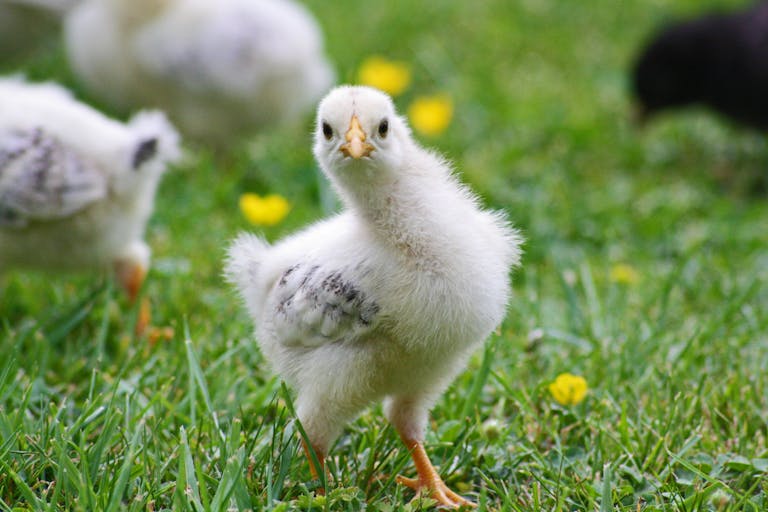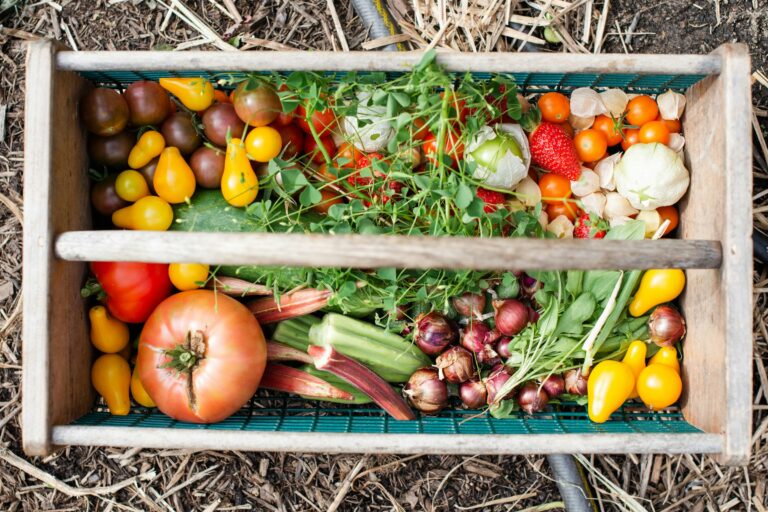By ANH-USA On 03/14/2024
Powerful forces are trying to shift our food system away from the soil-based farming systems and towards genetically engineered, lab-grown food. We can’t let them succeed.
THE TOPLINE
- Bored Cow, a cow and animal free whey-containing, cultured milk, is one of a growing number of foods being produced through synthetic biology and ‘precision fermentation’—the health risks of which are largely unknown.
- We’re told products like Bored Cow are fine—even desirable—because they’re biologically the same as their natural counterparts without the toll on the environment purportedly caused by livestock and dairy farming.
- Yet the evidence indicates that these products are far from biologically equivalent, but regulators don’t seem to care.
Got Milk GE-yeast-fermented-whey-protein drink?
You may have heard about the new “animal-free dairy milk” called Bored Cow. It’s being billed as a more animal and environmentally friendly option to traditional milk that comes from a ruminant’s udders. It all sounds great until you dig a bit deeper to learn that it is produced using synthetic biology (synbio), using genetically engineered (GE) yeast that is then put into a so-called ‘precision fermentation’ system. While the whey protein in it is the same as that found in cow’s milk, that’s only a small part of the overall story. Emerging data from some scientists, like John Fagan from the Health Research Institute (HRI), says the fermentation isn’t as precise as claimed, and there’s a lot of other compounds in the milk, some of which have never been recorded by science before. That might mean that drinking Bored Cow ‘milk’ on a daily basis could have unknown and potentially dangerous human health implications. This might just be one product, but it matters because powerful special interests are working to make synbio the tech platform of our food system moving forward—where farms are replaced with fermentation tanks—in the name of protecting the environment.
© [Frankenfoods v2: Exploiting the Bioequivalence Principle, 2024] ANH-USA. This work is reproduced and distributed with the permission of ANH-USA.








